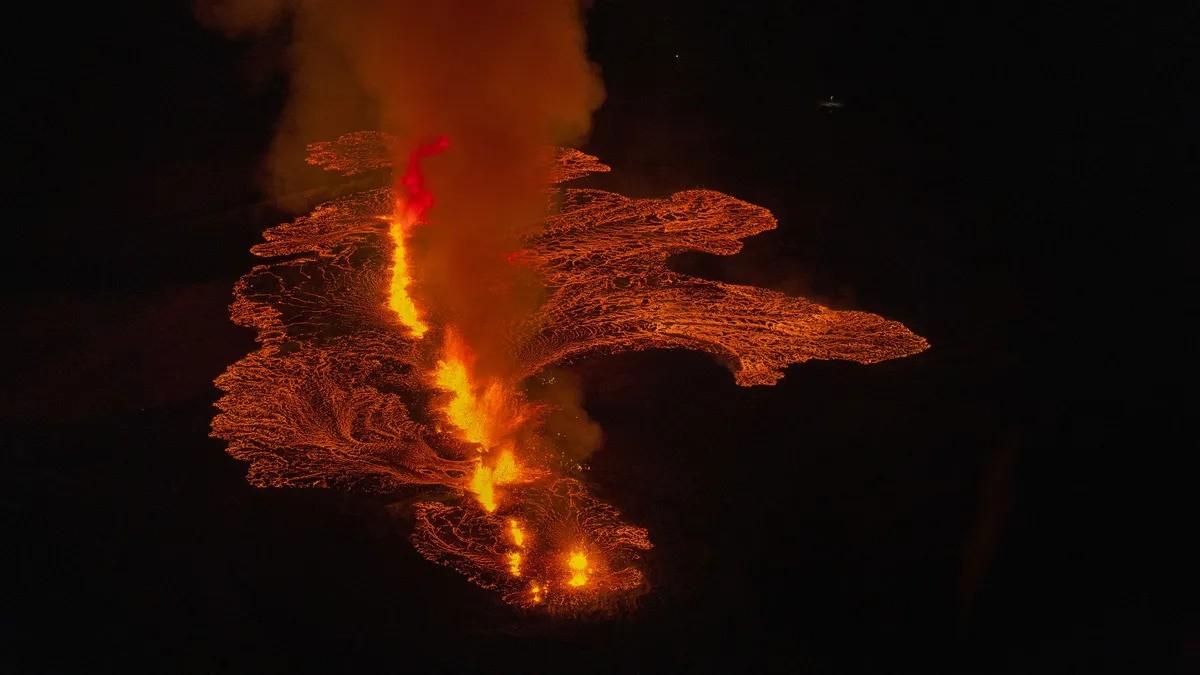In the span of just a few weeks, the area surrounding Grindavik experienced a dramatic transformation, evolving from regular seismic activity to three successive volcanic eruptions, with the most recent occurring just yesterday.
The situation escalated rapidly, prompting the evacuation of the town in November as earthquakes intensified in both frequency and magnitude. Scientists discerned the formation of a massive magma dike beneath the surface, underscoring the immense forces lurking beneath the Earth’s crust.
This magma dike, stretching approximately 15 kilometers beneath the ground, caused the earth to fracture beneath Grindavik and posed a threat to the renowned Blue Lagoon, a popular geothermal spa and tourist attraction.
Researchers observed the dike lengthening and rising, with new analyses revealing an unprecedented flow of magma into it, characterized as “ultra-fast.” The flow rate, estimated at 7,400 cubic meters per second, equates to an astonishing three Olympic swimming pools every second or the concrete volume of the entire Three Gorges Dam every hour—a remarkable departure from previous eruptions in the region.
Since 2021, the Reykjanes Peninsula, home to Grindavik, has witnessed three eruptions, each with magma flow rates significantly lower than the current event. Concerns arose among scientists following the first eruption in December, as there were indications that the new volcanic system could surpass the combined scale of its predecessors—a fear that has materialized.
The eruption in January encroached upon Grindavik, despite its prior evacuation, while the latest eruption on February 8 began in a location farther from the town, similar to the December event.
During this eruption, lava fountains soared to heights of 50 to 80 meters, with a plume reaching an altitude of 3 kilometers. The Icelandic Meteorological Office documented the formation of tephra falls in Grindavik, a lightweight material resulting from the rapid cooling of lava. Despite the initial intensity, the volcanic activity has begun to diminish, contrasting with the vigor observed in December.
Observations by the Icelandic Meteorological Office indicate the interaction of magma with groundwater, leading to sporadic explosive activity and the formation of a distinct dark plume alongside steam. Currently, tephra emission appears localized near the eruptive fissure, with the volcanic plume dispersing southwestward. These developments underscore the dynamic and unpredictable nature of volcanic phenomena, prompting continued vigilance and study in the region.

